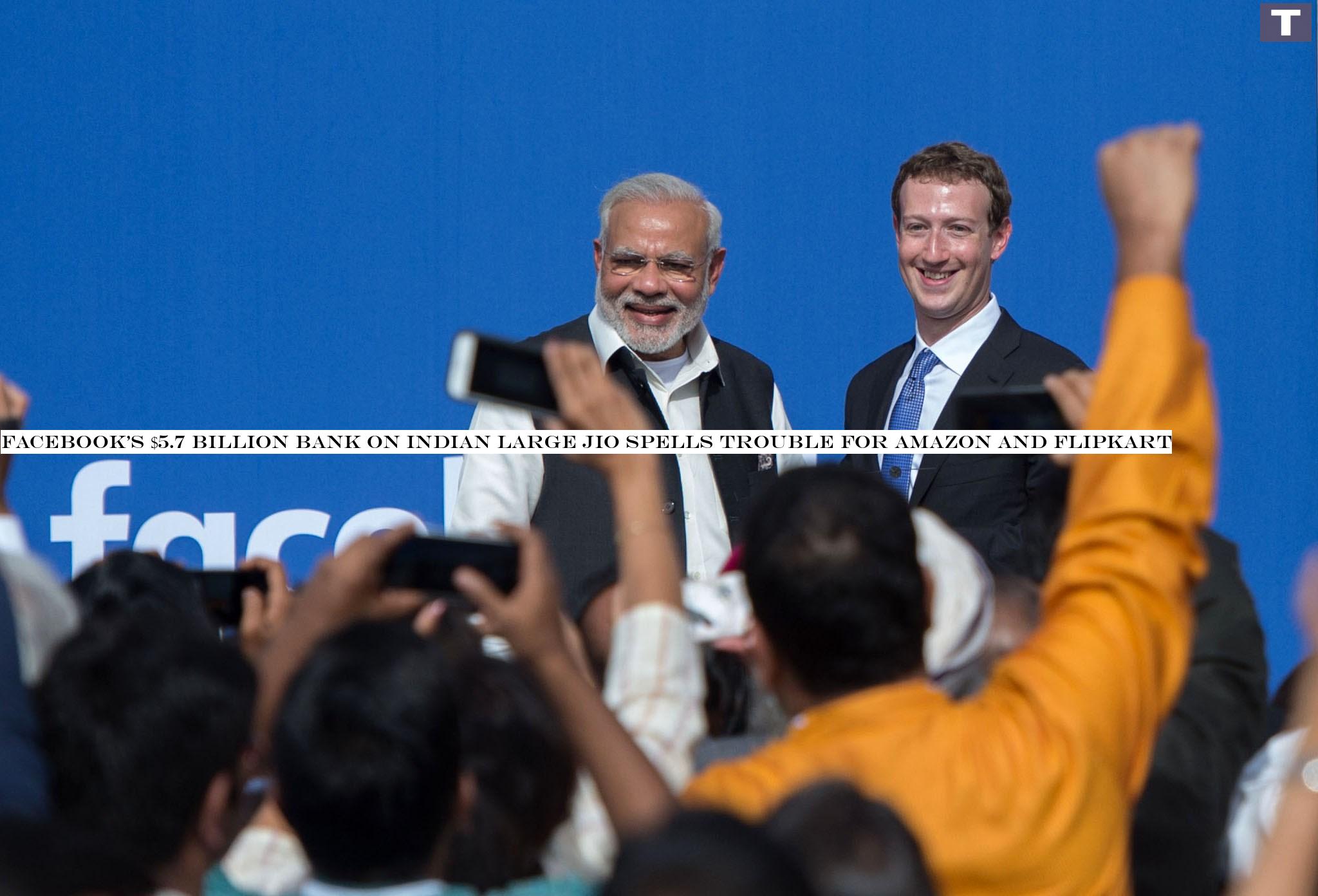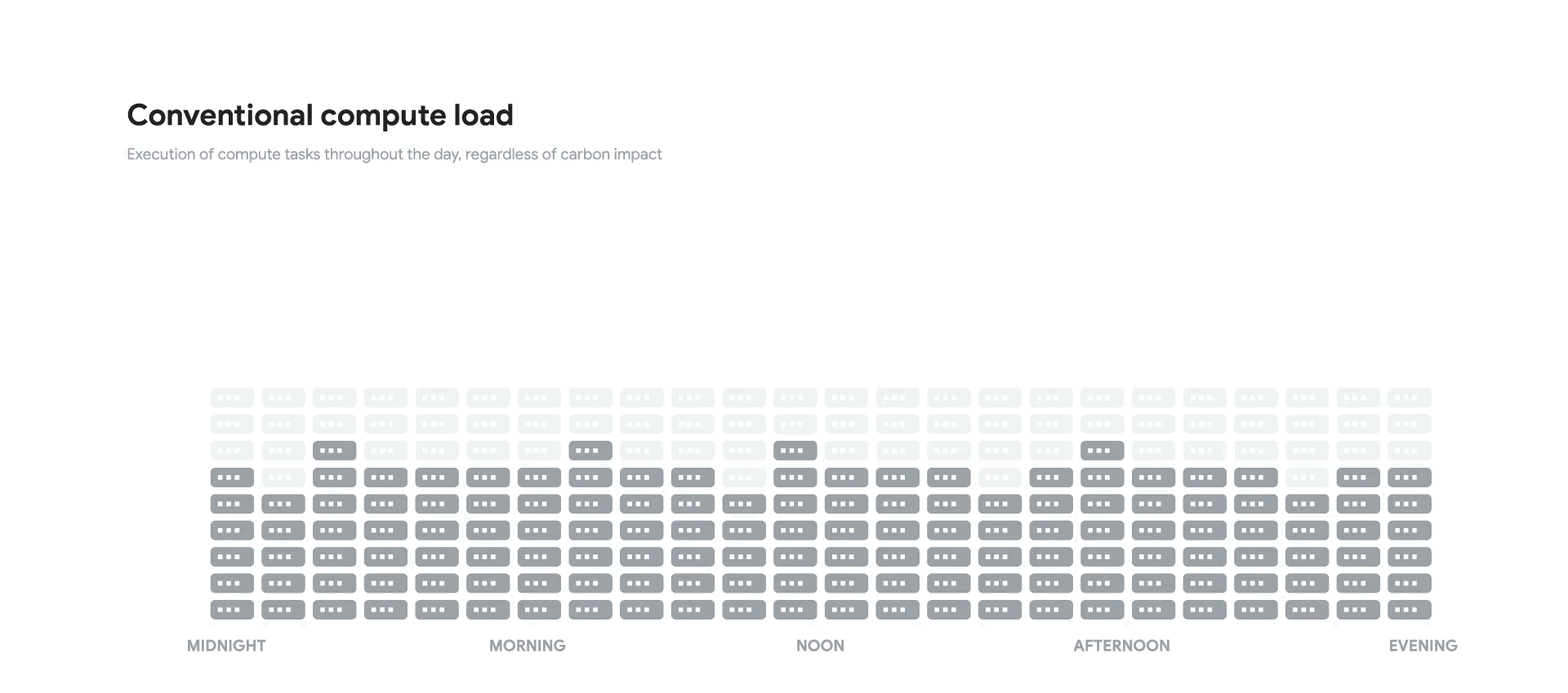Music
Trailers
DailyVideos
India
Pakistan
Afghanistan
Bangladesh
Srilanka
Nepal
Thailand
Iraq
Iran
Russia
Brazil
StockMarket
Business
CryptoCurrency
Technology
Startup
Trending Videos
Coupons
Football
Search
Download App in Playstore
Download App
Best Collections
Technology
Ever since it first started rolling out, 5G skeptics have attempted to link the next-gen cellular technology to all manner of health issues. Most recently, itbecome an easy scapegoat for the global COVID-19 pandemic, given the rapid rise of both.
Conspiracy theories have gained such a foothold that vigilantes have taken matters into their own hands by destroying cell towers in various European countries. In its latest bid to tamp down on the spread of false information pertaining to the novel coronavirus, Twitter today expanded its COVID-19 guidance to include the topic.
&We&re prioritizing the removal of COVID-19 content when it has a call to action that could potentially cause harm,& a spokesperson for the company told TechCrunch. &As we&ve said previously, we will not take enforcement action on every Tweet that contains incomplete or disputed information about COVID-19. Since introducing these new policies on March 18, we&ve removed more than 2,200 Tweets. As we&ve doubled down on tech, our automated systems have challenged more than 3.4 million accounts which were targeting discussions around COVID-19 with spammy or manipulative behaviors.&
The note seems to leave open the possibility of leaving up some share of 5G claims that don&t &potentially cause harm.& Still, the gray area is fairly wide, when considering activities like property destruction seemingly caused in the name of 5G-related conspiracy.
&We have broadened our guidance on unverified claims that incite people to engage in harmful activity,& the company wrote on social media, &could lead to the destruction or damage of critical 5G infrastructure, or could lead to widespread panic, social unrest or large-scale disorder.&

- Details
- Category: Technology Today
Read more: Twitter will eliminate uncertain 5G tweets 'that could possibly create damage'
Write comment (100 Comments)
Facebook major bet on Jio Platforms could create a headache for mobile payments services that have amassed tens of millions of users while struggling to find a business model in the worldsecond-largest internet market.
The $5.7 billion investment, Facebooksecond-largest to date, could also further its dominance in India — its biggest market by user count — by expanding the reach of consumer-facing services like WhatsApp and expanding its lead over ByteDanceTikTok, which has amassed more than 250 million Indian users in two years.
But based on what Facebook and Reliance Jio executives have shared — along with feedback from several industry analysts — the companies that need to worry most about this multi-billion-dollar bet are WalmartFlipkart, Paytm and Amazon.
Facebook and Jio executives said their companies will work together to build solutions; their biggest synergy would revolve around JioMart and WhatsApp, given that Reliance Jio is Indiatop telecom network with more than 380 million subscribers.
One of those collaborations may allow users to find local stores around them on WhatsApp, talk to store operators and place orders from within the Facebook-owned instant messaging service, said Ajit Mohan, a Facebook VP who spearheads the companybusiness in India, in an interview with TechCrunch.
&You can browse shops and talk to the shop owner. And ultimately, where we do want to take this flow is for you to be able to place your orders,& he said. Mohan refuted reports that Facebook saw the deal as an opportunity to turn WhatsApp into a so-called &super app,& however.
- Details
- Category: Technology Today
Read more: Facebook's $5.7 billion bank on Indian large Jio spells trouble for Amazon and Flipkart
Write comment (97 Comments)Google data centers run 24/7 and suck up a ton of energy — so itin both the companyand the planetinterest to make them do so as efficiently as possible. One new method has the facilities keeping an eye on the weather so they know when the best times are to switch to solar and wind energy.
The trouble with renewables is that they&re not consistent, like the output of a power plant. Of course it isn&t simply that when the wind dies down, wind energy is suddenly 10 times as expensive or not available — but there are all kinds of exchanges and energy economies that fluctuate depending on whatbeing put onto the grid and from where.
Googlelatest bid to make its data centers greener and more efficient is to predict those energy economies and schedule its endless data-crunching tasks around them.
Itnot that someone at Google looks up the actual weather for the next day and calculates how much solar energy will be contributed in a given region and when. Turns out there are people who can do that for you! In this case a Danish greentech firm called Tomorrow.
&Organizations are realizing that using electricity at the right time and the right place allows them to reduce both their costs and their carbon footprint,& said Tomorrow CEO in a press release.
Weather patterns affect those energy economies, leading to times when the grid is mostly powered by carbon sources like coal, and other times when renewables are contributing their maximum.

This helpful visualization shows how it might work & shift peak loads to match times when green energy is most abundant.
What Google is doing is watching this schedule of carbon-heavy and renewable-heavy periods on the grid and shuffling things around on its end to take advantage of them. By stacking all its heavy compute tasks into time slots where the extra power they will draw is taken from mostly renewable energy sources, they can reduce their reliance on carbon-heavy power.
It only works if you have the kind of fluid and predictable digital work that Google has nurtured. When energy is expensive or dirty, the bare minimum of sending emails and serving YouTube videos is more than enough to keep its data centers busy. But when itcheap and green, compute-heavy tasks like training machine learning models or video transcoding can run wild.
This informed time-shifting is a smart and intuitive idea, though from Googlepost itnot clear how effective it really is. Usually when the company announces some effort like this, itaccompanied by estimates of how much energy is saved or efficiency gained. In the case of this time-shifting experiment, the company is uncharacteristically conservative:
&Results from our pilot suggest that by shifting compute jobs we can increase the amount of lower-carbon energy we consume.&
Thata lot of hedging for something that sounds like a home run on paper. A full research paper is forthcoming, but I asked Google for more information. Shortly after posting this I received the following response from Ana Radovanovic, technical lead for the project:
Early results for the new system are promising, however, as you note, we are not sharing specific metrics at this time. Our team plans to publish a scientific paper later in the year which will contain a detailed overview of the load shifting methodology and the observed results from our roll out.
How much a single data center facility or an entire fleet can increase its use of renewable energy is dependent on a number of variables. As such, we are taking time to conduct additional analysis before we share specific numbers.
It seems they are holding off in order to better estimate the effect, but today being Earth Day it makes sense to publish the news early and augment it with more data later.
- Details
- Category: Technology Today
Read more: Google data facilities enjoy the climate to make the most of sustainable power
Write comment (93 Comments)AT-T gave a first look into how the pay TV business is faring amid the coronavirus pandemic…and itnot great. The company reported today as a part of its Q1 2020 earnings that its traditional pay TV services, including DIRECTV and its newer streaming option AT-T TV, saw a combined net loss of 897,000 subscribers in the quarter. Meanwhile, its over-the-top streaming service, AT-T TV Now, also lost 138,000 subscribers, following a number of price hikes.
The companynewer pay TV service, AT-T TV, only just became available nationwide in March. But despite its &streaming& nature — it ships with an Android TV-powered box to deliver TV over the internet — consumers may have already caught on to the fact that itstill just the worst of pay TV wrapped up in a new delivery mechanism.
The streaming service is expensive compared with todayover-the-top and video-on-demand options. Italso laden with fees for things like activation, early termination and additional set-top boxes. And its bundle with AT-T Internet offers each service for $39.99/month for the first 12 months, but ties subscribers into two-year contracts where prices climb in the second year.
AT-TQ1 TV subscriber numbers indicate how quickly the pay TV market is imploding. And perhaps it will decline even more rapidly now that people no longer want to risk coronavirus exposure by having service techs install equipment in their homes. While AT-T TVDIY installation may help in that area, itunclear if the new service will ever broadly appeal to consumers in the streaming era.
AT-T ended the quarter with 18.6 million pay TV subscribers, down from 19.5 million in Q4 when it lost 945,000 subscribers.
This all puts much more pressure on WarnerMedia to deliver with its May 27th launch of HBO Max. The new direct-to-consumer streaming service promises all of HBO, plus original content, and a library of movies, classic TV and film, fan favorites and more. But at only $14.99 per month, it won&t be able to replace the lost revenue from high-priced pay TV subscriptions — only offset it.
AT-T also today admitted how the coronavirus outbreak has forced it to rethink its theatrical model.
Just yesterday, WarnerMedia announced the new kids movie &Scoob!& would skip theaters and head straight into homes, where it will be offered at either a $19.99 rental or $24.99 digital purchase. It will later have its &exclusive streaming premiere& on HBO Max.
&We&re rethinking our theatrical model and looking for ways to accelerate efforts that are consistent with the rapid changes in consumer behavior from the pandemic,& said WarnerMedia CEO and AT-T COO John Stankey, as reported by The Wrap.
&When theaters are closed, ithard to generate revenue,& he said.&And I don&t expect thatgoing to be a snapback. I think thatgoing to be something we&re going to have to watch the formation of consumer confidence, not just about going to movies, just in general about being back out in public and understanding whatoccurring there,& Stankey noted.
Overall, AT-T missed on both revenue and earnings in Q1, largely citing impacts from the coronavirus outbreak, which reduced earnings by 5 cents per share ($433 million). Total revenue in the quarter was $42.8 billion, short of Wall Street estimates of $44.2 billion. Adjusted EPS was 84 cents per share, versus an expected 85 cents.
A $600 million decline in revenue was attributed to lost ad sales, specifically those that were expected from now-postponed live sports events like March Madness, as well as lower wireless equipment sales.
AT-TWarnerMedia division — which includes HBO and Turner broadcast networks in addition to Warner Bros. theatrical releases — was heavily impacted by the pandemic, as well, reporting $7.4 billion in revenue, down from $8.4 billion a year earlier.
&The COVID pandemic had a 5 cents per share impact on our first quarter. Without it, the quarter was about what we expected — strong wireless numbers that covered the HBO Max investment, and produced stable EBITDA and EBITDA margins,& said Randall Stephenson, AT-T chairman and CEO, in a statement. &We have a strong cash position, a strong balance sheet, and our core businesses are solid and continue to generate good free cash flow — even in todayenvironment. In light of the pandemiceconomic impact, we&ve already adjusted our capital allocation plans and suspended all share retirements,& he added.
The company said it will continue investing in 5G and broadband, two of its only bright spots in the quarter, in addition to investments in HBO Max.
AT-T withdrew its financial guidance due to the &lack of visibility related to COVID-19 pandemic and recovery,& it said.

- Details
- Category: Technology Today
SpaceX has launched another big batch of Starlink satellites, the low Earth orbit spacecraft that will provide connectivity for its globe-spanning high-bandwidth broadband internet network. This brings the total number of Starlink satellites on orbit to 422, though the company plans to de-orbit two of those (the first two prototypes launched) shortly.
Already, SpaceX is the largest private satellite operator in existence & by a wide and growing margin. Italso managed to keep up the frequent pace of its Starlink launches despite the global COVID-19 crisis, with its last launch taking place March 18. In total, it has flown four such missions since the start of the year, just four months into 2020.
The company has good reason to want to keep up that aggressive pace: Each launch brings it closer to the eventual launch of the Starlink broadband service that the satellites will provide the network backbone for. SpaceX wants that network to be live with coverage available in Canada and the Northern U.S. by sometime later this year, and because of the way its approach works, with small satellites orbiting much closer to Earth than traditional geostationary internet satellites and handing off the connection to one another as they pass the coverage area, they need a whole lot of them to provide stable, reliable, low-latency connections for consumers and businesses.
Starlink aims to expand its service to customers globally next year, which will require even more launches and a much larger constellation. Ultimately, the company has filed documents indicating it could launch between 12,000 and 42,000 small satellites to build out the network to its eventual state, depending on demands and performance.
SpaceX CEO and founder Elon Musk detailed some of the measures that the company is taking to address complaints that its Starlink satellites are interfering with Earth-based observation of the night sky. The satellites produce lights and can present as light streams in astrophotography, and astronomers argue they interfere with stellar observation and research through Earth-based telescopes and observatories.
Todaylaunch also included a recovery attempt for the Falcon 9 booster rocket used, which flew before on SpaceXDemo-1 Crew Dragon mission, as well as twice more in 2019. The Falcon 9 landed as planned on SpaceXdrone ship in the Atlantic Ocean, hopefully marking a return to form after a couple of Falcon 9 booster landings went awry earlier this year.

SpaceX will also attempt to recover the fairing halves used to protect the Starlink satellite cargo during the launch, though not by using nets to catch them as they fall back to Earth slowed by parachutes, due to system upgrades. Instead, it&ll be looking to fish them out of the water, and we&ll update this post with those results, when and if SpaceX makes them available. The company is looking to re-use fairings more frequently, and the net capture process makes it easier to refurbish them for additional use. This is another cost-saving measure as SpaceX continues to strive towards full launch vehicle reusability with its Starship spacecraft, now in development.
- Details
- Category: Technology Today

The Los Angeles Cleantch Incubator is rebooting its incubator program and moving from rolling applications to a cohort model beginning with 16 new startups.
Los Angeles& not-for-profit incubator exchanges sweat equity in the form of services and office space, and the promise of $20,000 in funding for local pilot projects, for a 1.5% to 3% stake in a company.
&This is a renewed incubation program switching to the cohort model. The great part of a rolling program was that you could meet the startups where they were. The challenge with that was giving founders steady programming,& said chief executive Matt Peterson.
Nearly one-third of the founders involved in the incubatorlatest program are women, over half of the founders are people of color and more than 5% are veterans, making the new cohort the most diverse in the incubatorhistory.
Peterson is also flagging what he believes is a first for an incubator where startups can earn back their equity if they show hard numbers that indicate privileging diversity and access in hiring and in the availability of technologies and services to low-income communities.
Some of the companies in the incubatorcurrent cohort may also provide a small degree of support — and jobs — to Los Angeles residents hit hard by the social distancing measures the city and state have enacted to deal with the COVID-19 outbreak.
Companies like SparkCharge, ePave, and CERO Bikes are all companies that could employ local residents and launch shovel-ready projects with potential funding from local stimulus plans.
&As LAmost established incubator, we have a strong track record of empowering and supporting entrepreneurs truly representative of our energetic, diverse and innovative city,& says Matt Petersen, chief executive officer of the Los Angeles Cleantech Incubator. &It is critical to help startups deliver solutions for clean air and greenhouse gas mitigation. By continuing our investment in startup incubation, we will help stimulate the economy now, invest in industries that will bring future clean jobs to our communities and spur innovation to develop climate mitigation solutions.&
The new incubator program will last two years and is structured in a way that allows for startups to buy back equity from the incubator upon completion of certain milestones.
Companies in the new class include:
-
Alumina Energyis a U.S.-based energy storage technology company designing and building energy storage systems for the utility, industrial and commercial scale power generation and process heat markets.
-
CERO Bikes is a family-owned and operated business that designs and produces compact electric cargo bikes.
-
ChargerHelp!is an on-demand charging station repair service.
-
ePavehas developed a new composite material that can reduce the greenhouse gas effects of surfaces.
-
InPipe Energy has developed a technology that generates low-cost electricity from the flow of water through gravity-fed water pipelines.
-
Jump Watts sells fixed and mobile charging stations for all types of electric vehicles.
-
Maxwell Vehicles offers power train conversions, maintenance and management for light industrial vehicles to make the switch to electric or hybrid electric vehicles.
-
NeoCharge makes smart splitters that allow for faster home electric vehicle charging without the need for panel upgrades or other home modifications.
-
Noria provides education and services for industrial companies to improve efficiency by enhancing their lubrication processes.
-
Prime Lightworks makes electric propulsion systems for small satellites.
-
SEEDsells a farm-in-a-box for folks who want to grow their own produce.
-
SparkCharge is a manufacturer of modular electric vehicle charging units. The company partners with roadside assistance companies to service electric vehicle owners when they run out of range.
-
Substance Power and Mobility is founded by a team of former aerospace and automotive entrepreneurs and executives and is working on developing energy storage hardware.
-
Sustainable Building Council uses modified shipping containers with grid-independent water and power to make affordable housing.
-
TBM Designsmakes self-shading window systems using thermo-bimetal to reduce energy costs by cutting the need for air conditioning.
-
Xealhas an electric car charging system that makes chargers money-making assets for apartments and offices.
- Details
- Category: Technology Today
Read more: Los Angeles Cleantech Incubator reboots its incubation program with 16-member associate
Write comment (95 Comments)Page 912 of 1444

 10
10





